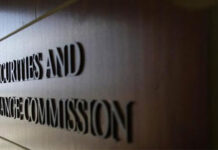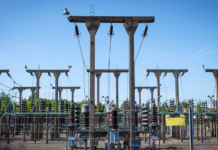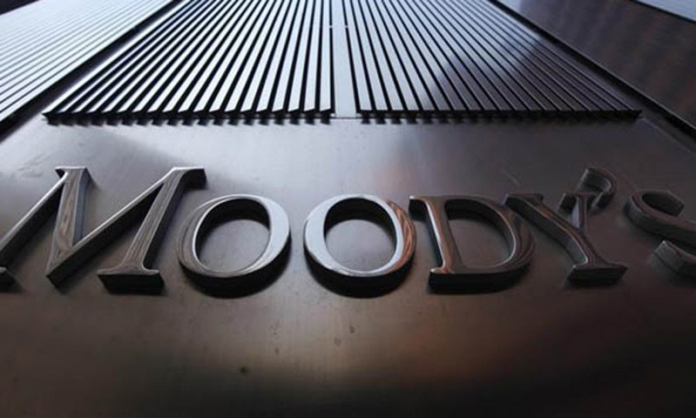ISLAMABAD: Pakistan’s economic team presented compelling evidence of macroeconomic recovery to the global rating agency Moody’s, including a sharp reduction in inflation, a cut in the policy rate, stabilization of the exchange rate, a current account surplus, and a surge in foreign exchange reserves, which crossed $14 billion by the end of June. Improvements in remittance inflows and export performance were also cited as signs of resilience and renewed investor confidence.
Federal Minister for Finance and Revenue Senator Muhammad Aurangzeb, accompanied by Minister of State for Finance Bilal Azhar Kayani, Governor State Bank of Pakistan Jameel Ahmad, and senior officials from the finance and revenue divisions, and other relevant ministries, held a virtual engagement with Moody’s on Tuesday to provide an in-depth briefing on Pakistan’s macroeconomic outlook, reform agenda, and financial stability.
During the session, the finance minister apprised the Moody’s team of the significant strides Pakistan has made in stabilizing its economy and laying the foundations for sustainable and inclusive growth. He underlined the successful completion of the final IMF review under the Stand-By Arrangement, including the disbursement of the second tranche and progress under the Resilience and Sustainability Facility (RSF), as key milestones that have restored confidence in Pakistan’s economic management.
The minister highlighted a series of structural reforms undertaken by the government to anchor long-term stability. These included prudent fiscal measures in the recently announced budget, tariff and trade liberalization geared towards export-led growth, and concerted efforts to rationalize expenditure.
The ongoing discussions with the United States on preferential tariff access were also noted as making encouraging headway. The meeting further outlined Pakistan’s re-engagement with global financial markets, including the successful arrangement of $1 billion in commercial financing from the Middle Eastern region, plans for an inaugural Panda bond, and Pakistan’s intent to explore the Eurobond and other international debt markets as credit ratings improve.
Minister Aurangzeb and his team presented compelling evidence of macroeconomic recovery, including a sharp reduction in inflation, a cut in the policy rate, stabilization of the exchange rate, a current account surplus, and a surge in foreign exchange reserves—crossing $14 billion by the end of June. Improvements in remittance inflows and export performance were also cited as signs of resilience and renewed investor confidence.
The Moody’s team was also provided a comprehensive overview of Pakistan’s reform journey, with a particular emphasis on improving the tax-to-GDP ratio through technology-driven tax administration reforms, digitization of systems, and robust enforcement measures.
The finance minister emphasized that under the direct oversight of the Prime Minister—who chairs regular meetings on tax reform—the government was implementing measures to expand the tax base, plug leakages, and enhance compliance.
He noted that the Rs2 trillion revenue target achieved this year had come through autonomous efforts, and the government was firmly committed to reaching a tax-to-GDP target of 13 to 13.5 percent in the next few years.
The finance minister also addressed queries from the Moody’s team and reiterated Pakistan’s commitment to staying the course on macroeconomic reforms, including in areas of privatization, restructuring of state-owned enterprises (SOEs), and right-sizing of government.
Senator Muhammad Aurangzeb expressed optimism that the improving macroeconomic indicators and reform momentum would be positively acknowledged by rating agencies, further strengthening Pakistan’s case to tap international markets and deepen its external sector stability.
Pakistan, he affirmed, is ready to carry forward this journey of resilience, reform, and recovery to unlock long-term, inclusive, and export-oriented economic growth.























